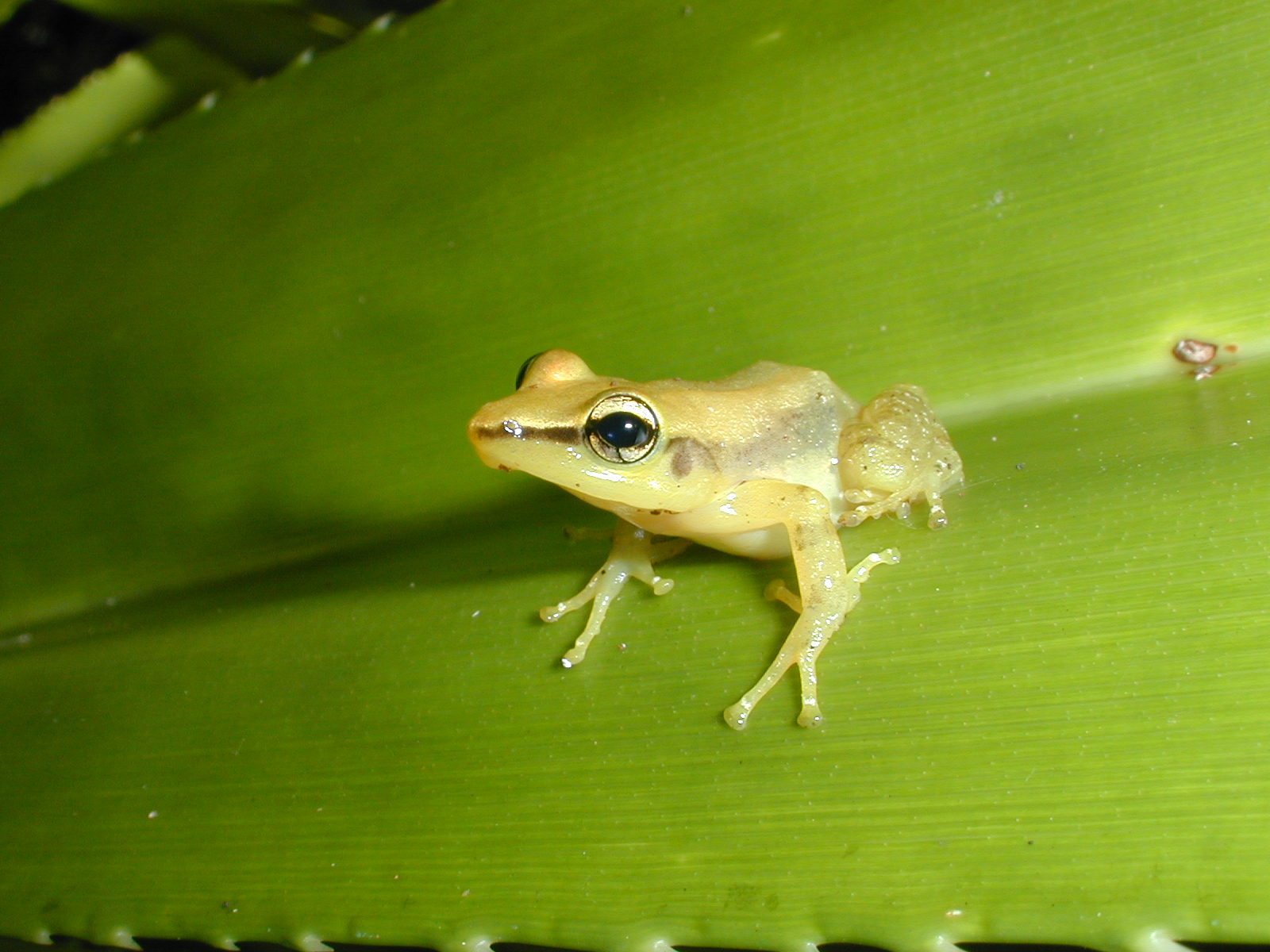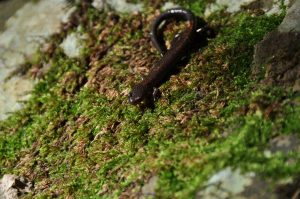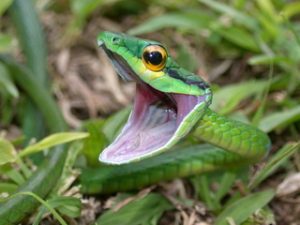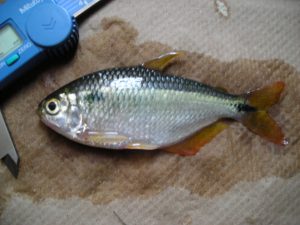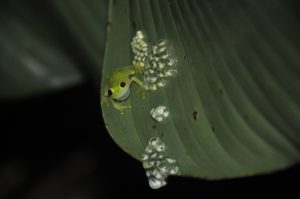In May, I spent three days in lovely Tulsa, Oklahoma attending the 6th Conference on the Biology of Plethodontid Salamanders (http://plethodontids2014.weebly.com). These salamanders are the most diverse group of salamanders on Earth and the subject of some of my ongoing research. I presented a paper entitled “Multi-locus molecular evidence for widespread hybridization between the northern ravine salamander (Plethodon electromorphus) and the red-backed salamander (P. cinereus)”. This paper was co-authored with Wooster undergraduates Stuti Sharma (’16), E. Cassagnol (’09), H. Edgington (’10), M. Eyre (’13) and M. Stern (’14). In a nutshell, we’ve found evidence for extensive hybridization between these two species of woodland salamander here in north-eastern Ohio. There is so much gene flow between these two species, in fact, that we suspect that these two species may be merging back into one.
This was an intimate meeting with only ~ 100 attendees, allowing for many opportunities for interaction and conversation. Some of the foremost salamander researchers in North America were in attendance presenting on the ecology, evolution, behavior, anatomy, physiology and conservation of these fascinating animals.
The meeting happened to coincide with MayFest, a major art and music festival in Tulsa. At night we got to listen to some live music, enjoy great art and taste the food. While I didn’t give it a try, the deep-fried alligator looked…interesting.
